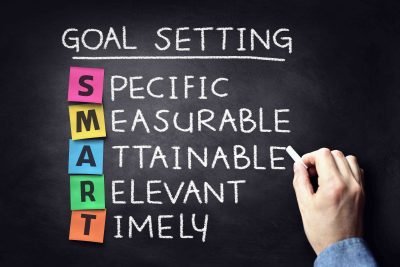Getting services at school starts with evaluation. Eligible students get an individualized Education Program (IEP), which describes a student’s present levels of performance and how specially designed instruction supports progress toward annual goals.
This article provides a quick overview of the basic IEP process and provides tips for family caregivers to get more involved. PAVE offers a fillable worksheet to assist parents in developing suggestions to share with the IEP team.
Step 1: Evaluate
To determine eligibility for special education, the school district collects data to answer 3 primary questions:
- Does the student have a disability?
- Does the disability adversely impact education?
- Does the student need Specially Designed Instruction (SDI)?
If the answer to all three questions is ‘Yes’, the student qualifies for an Individualized Education Program (IEP).
If the answer to any of the three questions is ‘No’, the student may be eligible for support through a Section 504 Plan.
TIP: Does the data being collected capture information in all areas of concern? District special education staff can provide input if more specialized evaluation tools are needed.
Step 2: Write the Present Levels of Performance (PLOP)
(Also referred to Present Levels of Educational Performance (PLEP)
When an IEP is drafted, information from the evaluation transfers to the present levels of academic achievement and functional performance (PLOP for short). Students, family members, and outside providers may contribute additional information. There are required elements, depending on age:
- Preschool: how disability affects participation in appropriate activities within the natural environment
- School-age: how disability affects involvement and progress in general education
TIP: Does the PLOP list talents and skills to encourage a strength-based IEP? This section of the IEP can describe how teaching strategies support a student and create opportunities for progress toward goals.
Step 3: Write Goals to Measure Effectiveness of Specially Designed Instruction (SDI)
Goals are written for each area of SDI that a student is eligible to receive. Remember that the 3-part evaluation determines whether SDI is needed. Evaluation, PLOP, and goals are tied to the same data points.
TIP: Here are some questions to consider when reading/writing goals with the IEP team:
- Are a student’s natural talents and curiosity described and appreciated as part of goal setting?
- What is the SDI to support the goal, and why is it a good approach or strategy for this learner?
- Are goals providing opportunity for appropriate progress, given the child’s circumstances?
- Do the goals properly address the concerns revealed through evaluation and explained in the PLOP?
- Can the students use their own words to describe IEP goals and how they are making progress? Student goal-tracking worksheets are readily available online.
- Is the goal SMART: Specific, Measurable, Achievable, Relevant, Time-Bound?
Grid for Goal Development
In accordance with the Individuals with Disabilities Education Act (IDEA), an IEP goal is reasonably calculated to enable a child to make progress appropriately, in light of the child’s circumstances. Parents/students have the right to participate in goal setting and progress monitoring.
These points can be used to design a grid to outline goal setting and to note whether written goals are SMART. A downloadable PDF shows these points in a grid format. A family participant on an IEP team can draft rewritten or proposed goals for the IEP team to consider. Submitting those suggestions to IEP team members before a meeting might help ensure that a parent’s suggestions are a critical part of the agenda.
- Challenge: Identify the learning barrier/issue.
- Skill: What needs to be learned?
- SDI (Specially Designed Instruction): What is the teaching strategy?
- SMART Goal: Yes/No? Use the following questions to determine whether the goals need improving.
Review whether IEP Goals are SMART:
- Specific: Is the targeted skill clearly named or described? How will it be taught?
- Measurable: How will progress toward the goal be observed or measured?
- Achievable: Is a goal toward this skill realistic for the student, considering current abilities?
- Relevant: Is the skill something that is useful and necessary for the student’s success in school and life?
- Time-Bound: What specific date is set to determine whether the goal is met?
Learn more about SMART Goals in this short video:

